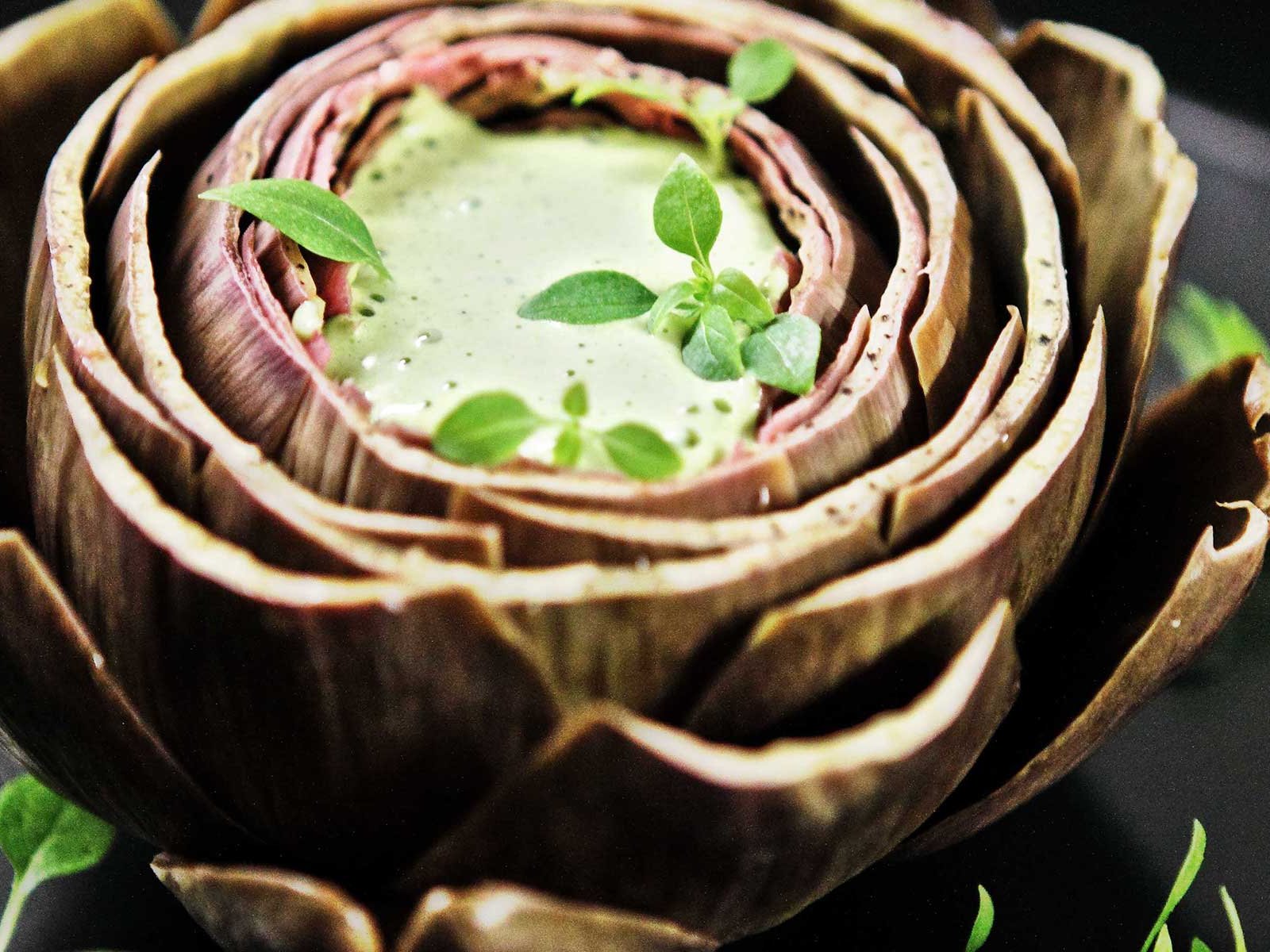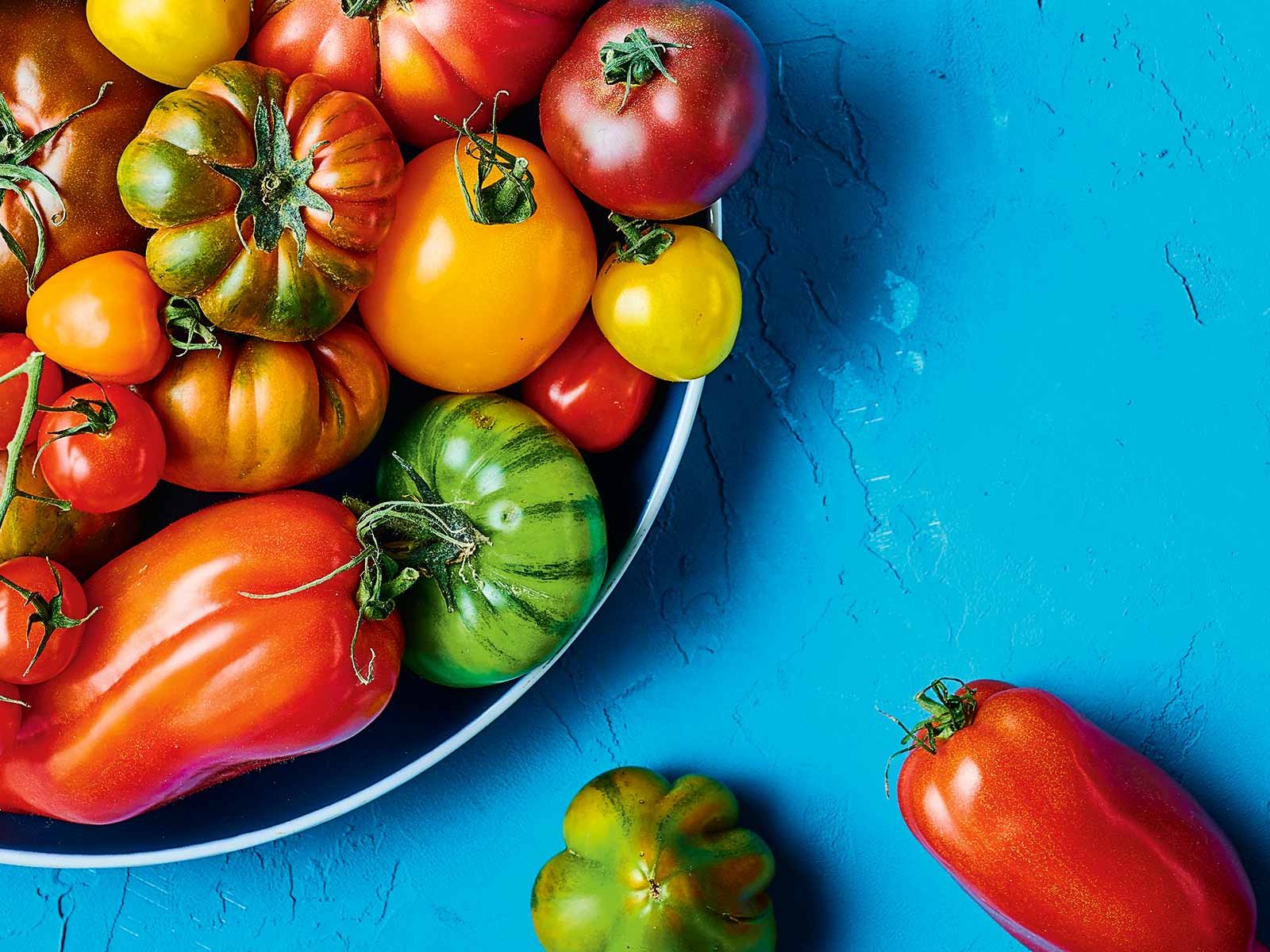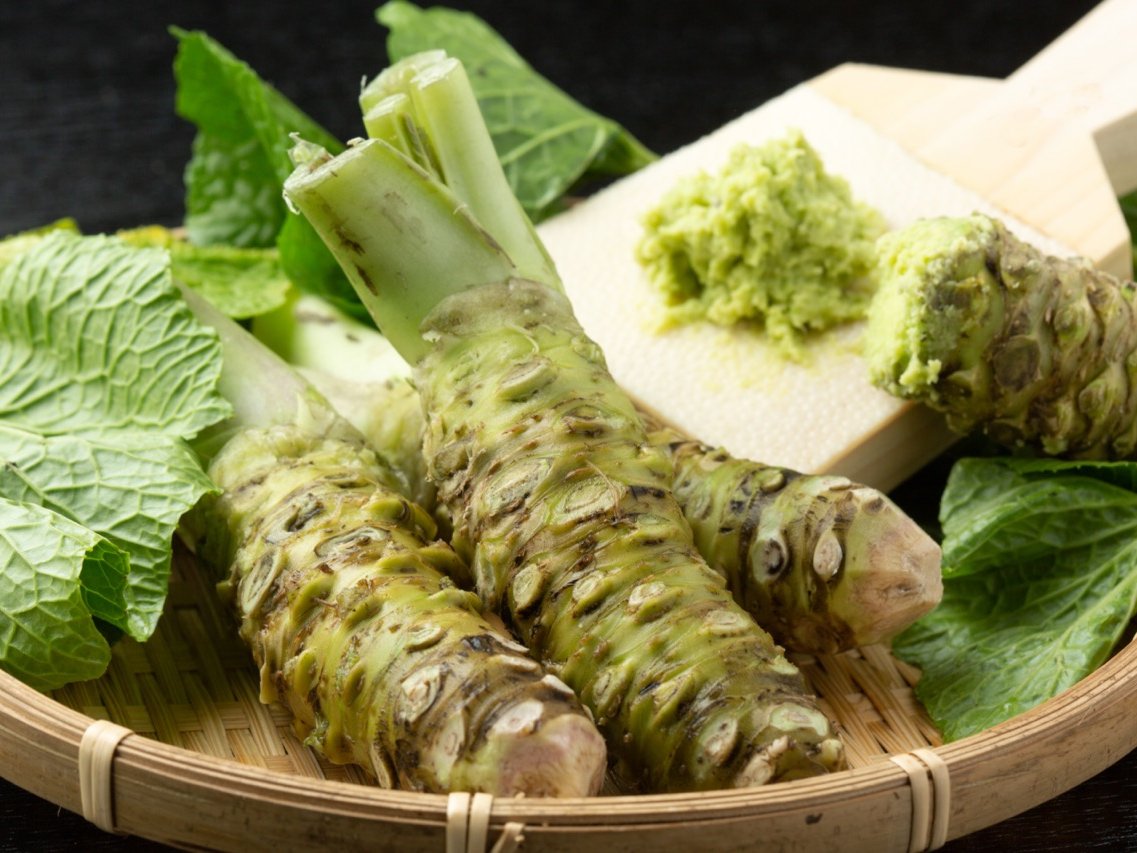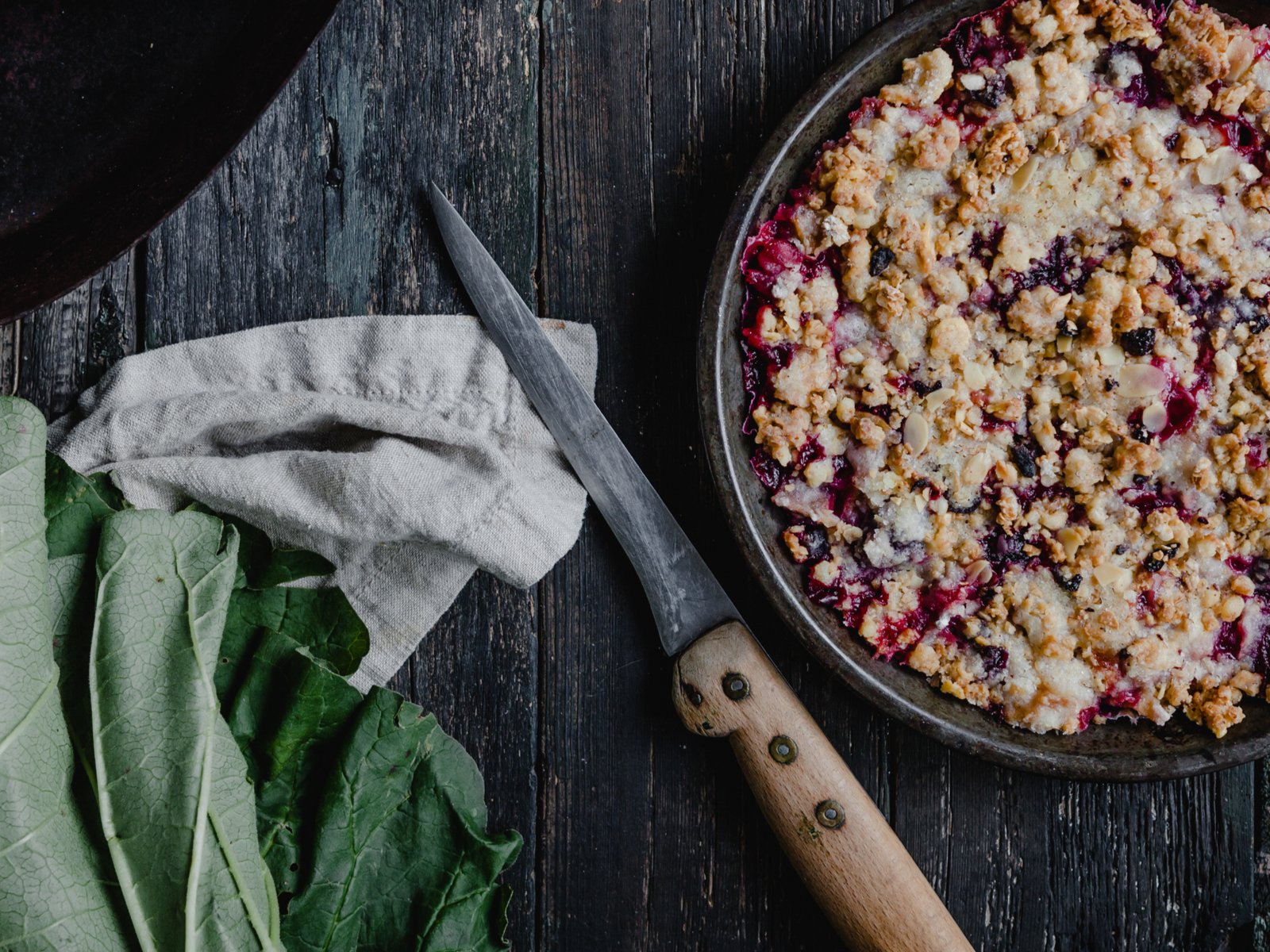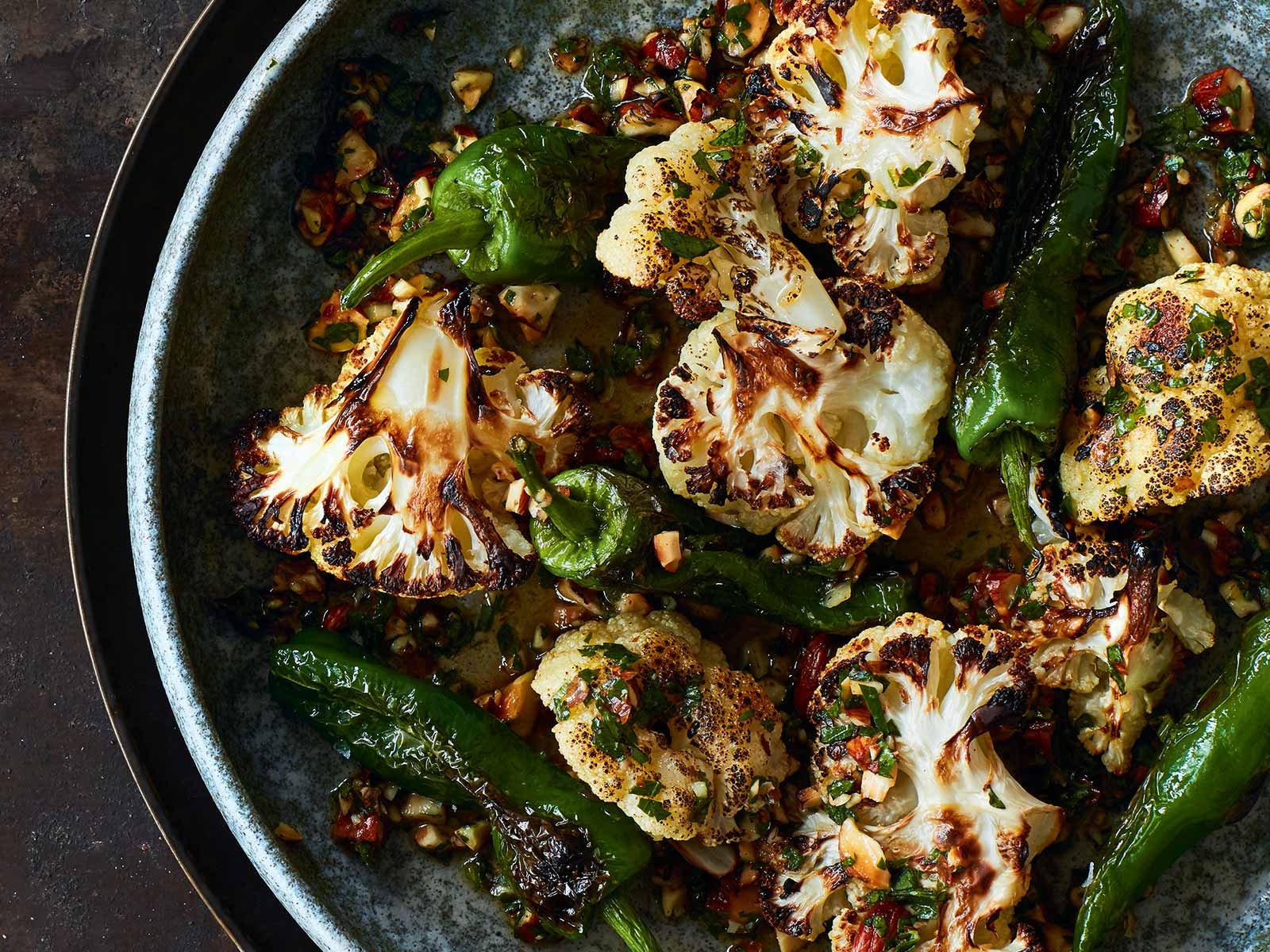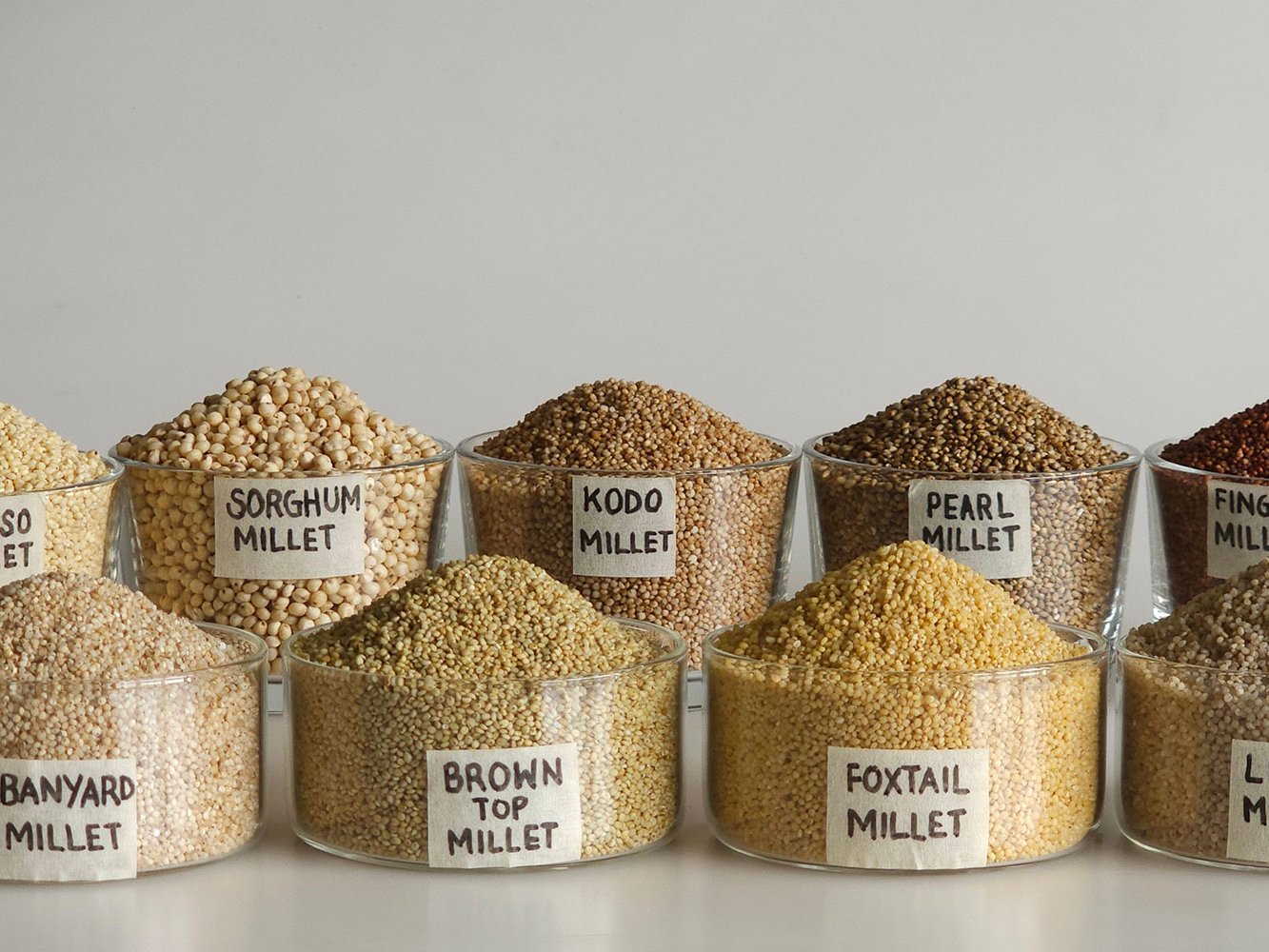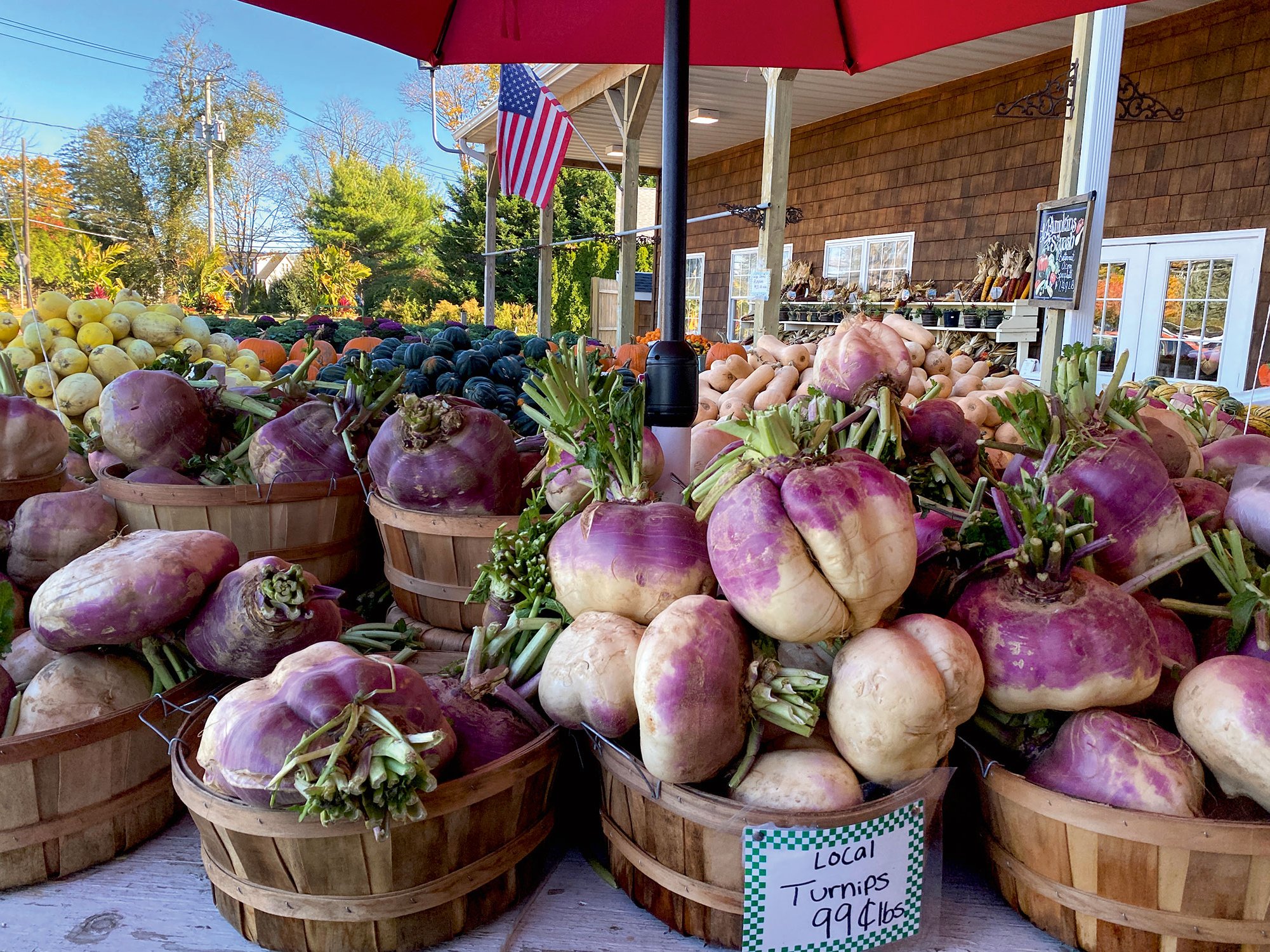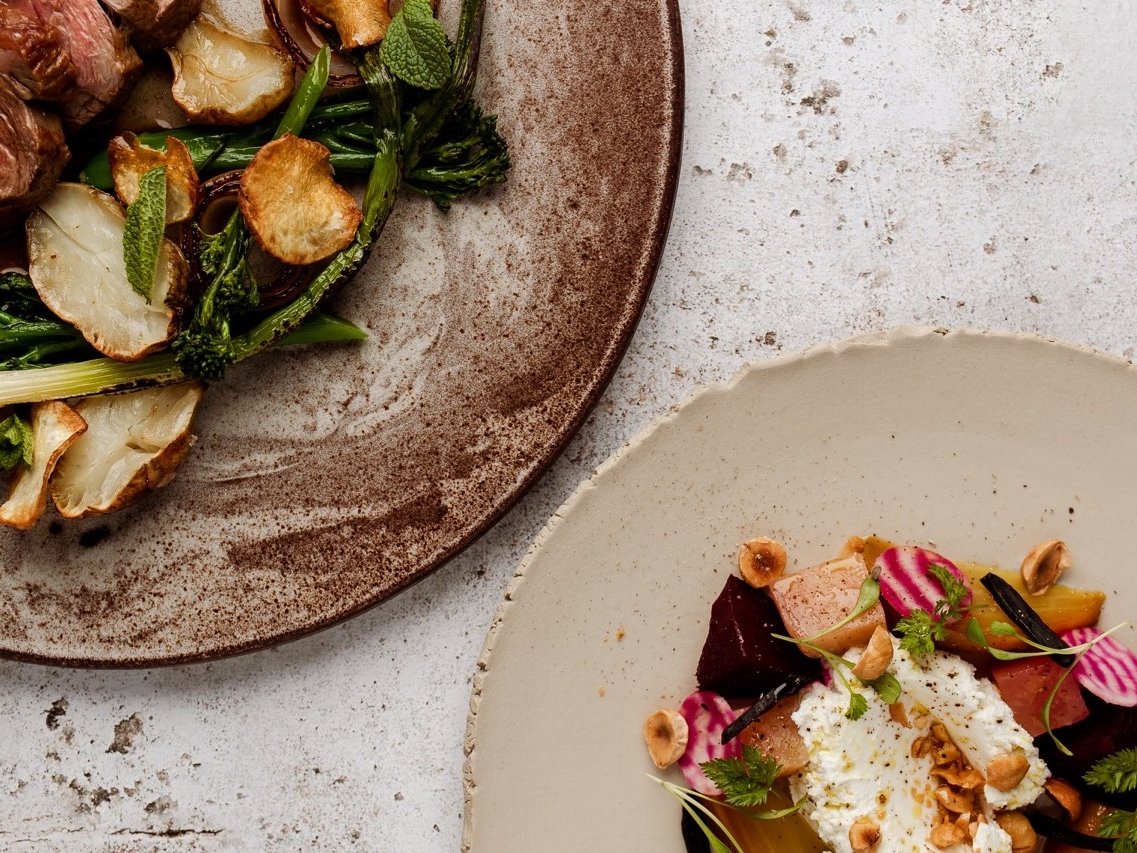Rome and Its Artichokes
Nowhere else in the world are so many artichokes eaten as in the 'Eternal City', and these days the vegetable has never been so popular.
Ristorante Piperno in Rome's Trastevere district, or more precisely in the Jewish quarter, is one of those classic restaurants where things are still as they were in times long past. A restaurant with a lot of patina, waiters of advanced age – and a dish on the menu that is typical of Jewish cuisine in Rome: carciofi alla giudia, artichokes in the Jewish style.
Artichokes are one of the cornerstones of Roman cuisine. They belong to Rome like the Colosseum or the Spanish Steps. The season begins in March and from then on the vegetable can be found at all the markets in the Eternal City. In the Roman countryside, they even grow their own variety, its status protected by the EU: carciofi romaneschi.
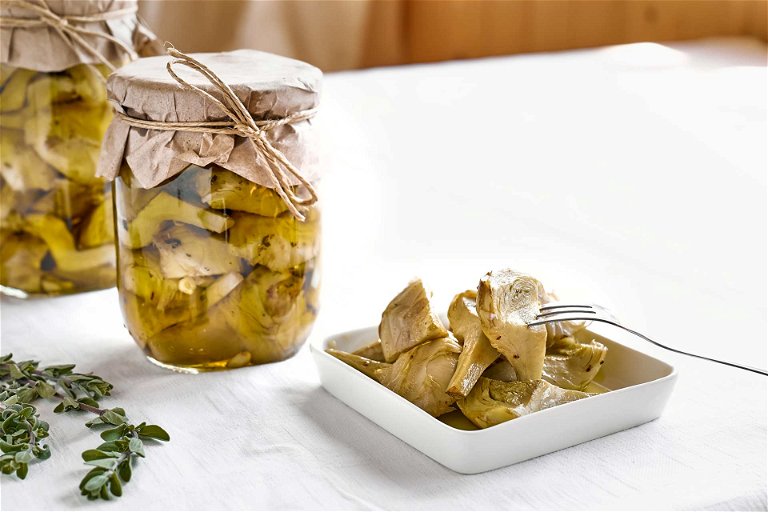
In contrast to well-known French varieties, such as Camus de Bretagne, the Roman variety can be eaten whole; it lacks the so-called hay, those annoying hairs inside the artichoke that should not be eaten under any circumstances.
As a general rule, if the artichoke is a large variety, only the soft base, also known as the heart of the artichoke, is eaten, sometimes also the flesh attached to the leaves. The hay must be scraped away with a knife or a spoon after cooking.
With carciofi romaneschi, on the other hand, you can safely dispense with this procedure –nevertheless, you should also cut these artichokes generously. The outer, dark green leaves and the tips of the leaves are removed. The stem of the plant is peeled, but not cut off. That would be a shame, because it is a particularly tender part of this delicate thistle plant with a very intense flavour.
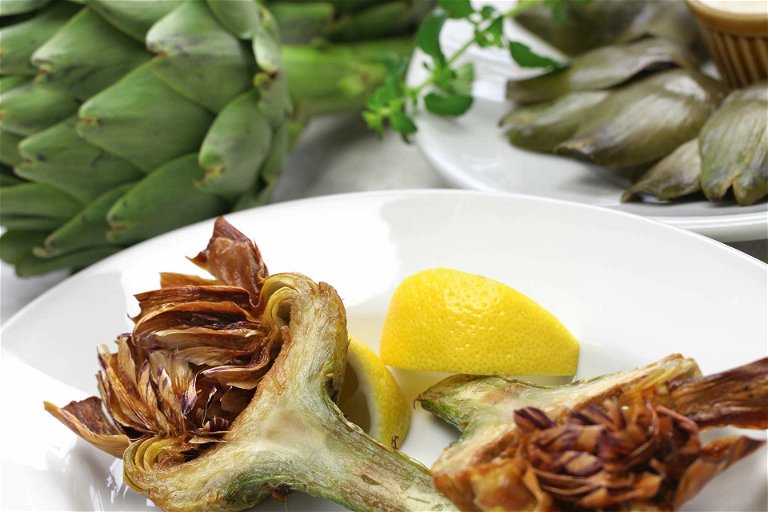
Carciofi alla Romana
Artichokes are prepared in two ways in traditional Roman cuisine: either deep-fried, the Jewish way, or cooked the Roman way – carciofi alla romana. The trick with deep-frying is to fry the vegetables twice. First, the artichokes are pre-fried slowly and not too hot. "In the restaurant kitchen, this is done before the guests arrive," explain the waiter at Ristorante Piperno. Once they have been ordered, the carciofi are briefly put into very hot fat so they become crispy on the outside whilst remaining soft on the inside.
To prepare carciofi alla romana, the artichokes are cooked together with garlic and herbs for 20 to 30 minutes – a simple recipe that enjoys great popularity in Rome. Traditionally, only carciofi romaneschi were used, but the catanese variety has long been available, which is much smaller and so suitable for various pasta dishes.
Almost all of Italy's famous chefs have used the artichoke over the years to create delicious specialities. One of the first was Bartolomeo Scappi, personal chef to Pope Pius V, who as early as the 16th century, advised stuffing the plant with a mixture of veal, ham, cheese, eggs, spices, garlic and herbs.
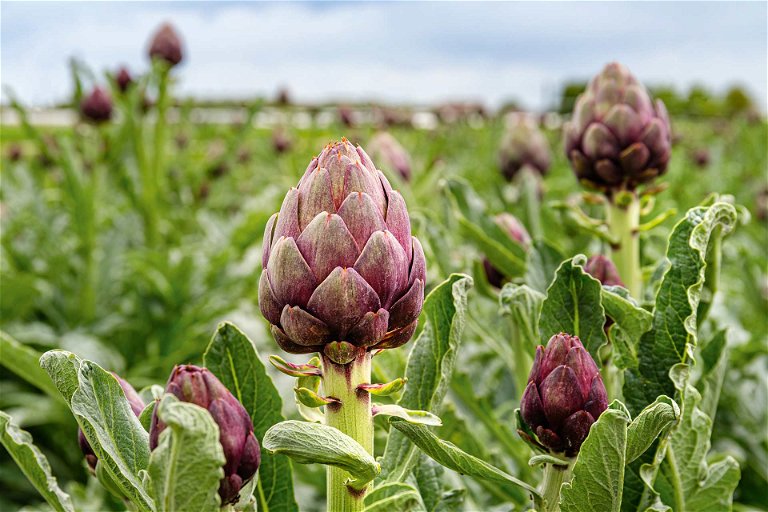
The Origin
It is still unclear where the artichoke originally came from. Many botanists assume that it has its home either in Arabia, Iran or the Mediterranean region. It is said that the Florentine trader Filippo Strozzi brought the plant from Sicily to Florence in the middle of the 15th century. It then made its way to France and Great Britain. Until the French Revolution, the artichoke was a sign of wealth and refined lifestyle and was widely planted in the gardens of the landed gentry.
In many regions the plant used to be considered poisonous, no doubt due to its appearance and for a long time it was only cultivated for its ornamental purple flowers. It was only after the discovery of its delicious taste that the artichoke conquered the kitchens of the world. These days it is a trendy vegetable throughout Europe and is cultivated in Italy, Egypt, Spain, France and Peru as well as Switzerland, Germany and Austria.
Today, hardly any chef in top gastronomy does without this noble vegetable, whether as a side dish or taking centrestage as a special creation. Some have a particularly virtuoso way of dealing with the thistle plant. Joachim Gradwohl, for example, chef at Meinl am Graben in Vienna's city centre for many years and now a restaurant owner in southern Styria, was not only celebrated for the subtle fish dishes he served his guests, but his fabulous combinations with artichokes. For Gradwohl: "these plants are among the best the vegetable world has to offer."
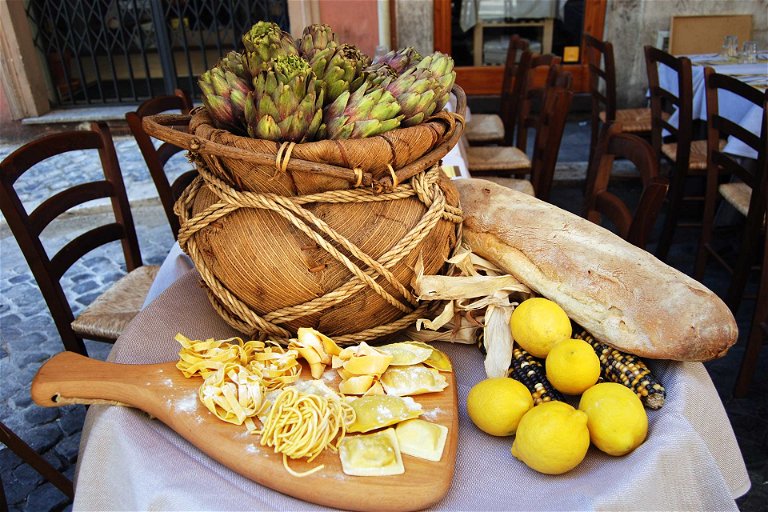
A little history
However, the artichoke has never been as highly valued as it is in Rome, probably due to its history. Romans wistfully remember the man who made a name for himself as the 'master of the cold buffet' at the end of the 19th century: Angelo Valiani, whose speciality carciofini sott'olio would go down in the history of Roman cuisine.
Valiani owned several artichoke fields in his day and personally took care of the cultivation, harvesting and processing. The large specimens he sold, then he removed the outer leaves from the smaller ones and boiled them, before putting them into jars and filling them with the best olive oil.
Valiani's speciality quickly became a big hit in Rome, everyone wanted to eat the delicious artichokes in a jar. The chef achieved fame and honour with this delicacy and became a wealthy man. When his son was born, Valiani wanted to call him Carciofino. But when the child was to be baptised in the cathedral of Orbetello, the priest refused to comply with his father's wish, because he could not imagine that a person should go through life with the name of a plant. But Valiani countered: "Father, if our Pope Leo XIII bears the name of a wild beast, then I suppose my son may also be named after a harmless plant." The priest gave in and reluctantly christened the child Artichoke.
Artichokes are very healthy
Culinarily, the artichoke is a delicate vegetable. The slightly bitter taste is due to the naturally occuring acid cynarin, which is responsible for the oft mentioned health benefits of artichokes. Artichokes also contain a lot of fibre and they are a good source of potassium. Potassium transmits nerve impulses and is therefore important for muscle and heart functions. And those who eat potassium-rich foods lower their blood pressure.
Extract of artichoke can also help to lower cholesterol levels. The plant is also high in the antioxidant luteolin, which prevents cholesterol formation. In addition, it enables the body to process cholesterol more efficiently. Overall this can result in a significant reduction of LDL cholesterol, that is the low-density lipoprotein that we now know to be behind heart attacks and strokes.
How do you eat artichokes?
Small artichokes can be eaten whole. The larger ones are best plucked out leaf by leaf, dipped in a sauce or vinaigrette and the flesh at the bottom of the leaves eaten. The leaves themselves are not edible. With large specimens, the so-called hay, fine hairs, must be removed - best done with a knife or a spoon. Underneath, the delicious base is revealed, the best part of the artichoke. The base, also called the heart, is then eaten with a knife and fork, drizzled with vinaigrette or extra virgin olive oil.

